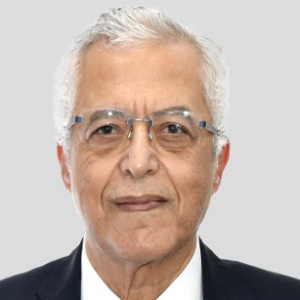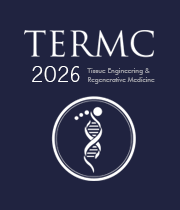Next Generation Approach
Bioengineering a living tissue is a fascinating procedure that could help us live longer and more fulfilling lives by providing "spare parts" for damaged or diseased tissues. Furthermore, the set of tools being developed by tissue engineers has the potential to completely transform the way we do biological investigations and eliminate the need for animal testing. Tissue engineering has progressed from its origins in the creation of tissue replacements to contemporary efforts in the creation of human tissues for regenerative medicine and mechanistic investigations of tissue illness, injury, and regeneration. Major advancements in the subject have been made possible by advances in bioengineering, material science, and stem cell biology. The ultimate goal of three-dimensional bioprinting is to create person-specific, defect-site specific constructions by designing and developing functioning anatomically relevant human tissues/organs to replace diseased, damaged tissues/organs. Organoid formation using self-assembled embryonic stem cells has been recognized as one of the most important in vitro approaches for producing mini organs such as mini-guts, brain-like organoids, and liver organoids. Tissue engineers' main task is to create clinically meaningful, patient-specific structures. Scaffold serves as a structural template for cell attachment and tissue growth, as well as providing numerous cues to cells that regulate gene expression and protein creation. Bioreactors are essential for maintaining the precise culture conditions required for cell proliferation and differentiation, such as pH, osmolality, temperature, and oxygen concentration.

Nagy Habib
Imperial College London, United Kingdom
Lucie Bacakova
Institute of Physiology of the Czech Academy of Sciences, Czech Republic



Title : AI-integrated high-throughput tissue-chip for space-based biomanufacturing applications
Kunal Mitra, Florida Tech, United States
Title : Stem cell technologies to integrate biodesign related tissue engineering within the frame of cell based regenerative medicine: towards the preventive therapeutic and rehabilitative resources and benefits
Sergey Suchkov, N.D. Zelinskii Institute for Organic Chemistry of the Russian Academy of Sciences, Russian Federation
Title : In vitro evaluation of lyophilized Dedifferentiated Fat cells (DFAT) impregnated artificial dermis
Kazutaka Soejima, Nihon University, School of Medicine, Japan
Title :
Nagy Habib, Imperial College London, United Kingdom
Title :
Alexander Seifalian, Nanotechnology & Regenerative Medicine Commercialisation Centre, United Kingdom
Title : The regenerative medicine of the future
Marco Polettini, DVM, Italy